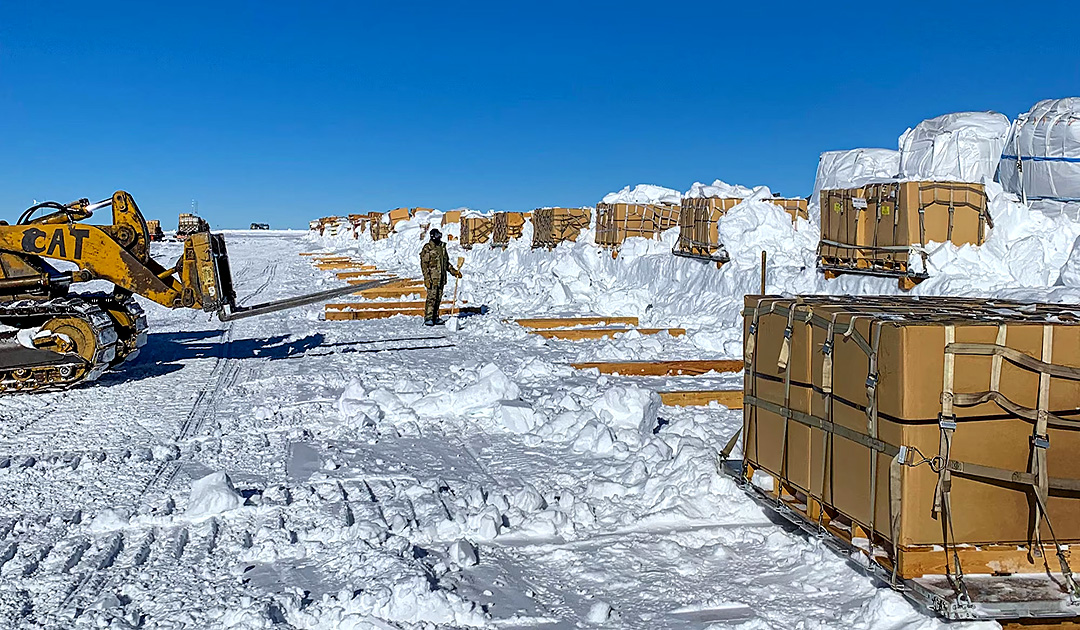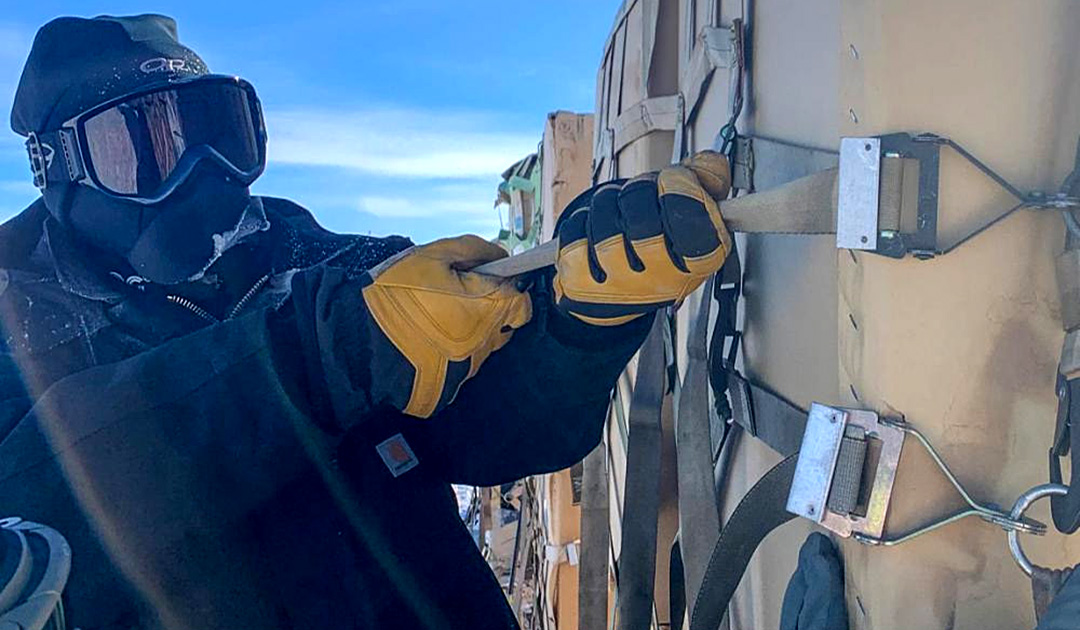
Roald Amundsen and his companions were the first people to reach the South Pole on December 14, 1911. They called their camp, which they set up in the immediate vicinity of the South Pole, ‘Polheim’. It took another 45 years before the first functioning ‘Old-Pole’ station was established at the South Pole. It was under the ice and the pressure on the station was increasing and stability was no longer guaranteed. In 1975, the ‘Old-Pole’ station was abandoned.
A replacement of the’ Old Pole’ station, Amundsen-Scott Station, was dedicated in 1975. The main building was located under a dome with a diameter of 50 meters and a height of 16 meters. This station was also not built to last forever and had to make way for a new, larger station and was completely dismantled in 2010.
In the Antarctic summer of 2005/06, after 15 years of planning, development and construction, the current Amundsen-Scott Station was completed.
But all stations had the same problem, they produced waste.

Garbage dumps behind the station was yesterday! To keep Antarctica pristine for research, the signatories to the Antarctic Treaty agreed to a strict carry-in, carry-out rule as an environmental protection measure. This 1959 agreement sets the rules for nations conducting research in Antarctica.
Amundsen-Scott Station hosts 130 researchers and technicians in the austral summer, and still 50 people in the winter, and they generate quite a bit of waste.
In 2015, the National Science Foundation (NSF) asked the 109th. Airlift Wing of the New York Air National Guard for help in removing its waste and proposed a five-year plan to do so.
COVID-19 pandemic restrictions put a crimp in the plan. The aviators who normally did this work could not fly to the South Pole station in 2021 and 2022. This caused the cargo to pile up, said Tech. Sgt. Brandon Wiggand, the cargo team leader.

Hard work in bitter cold
The four members of the ‘trash’ team spent from Nov. 22 to Dec. 27 packing 137 pallets to make the waste materials transportable. The team’s work schedule was extended from the typical 10 days to 35 days to process and fly out excess cargo. The pallets were flown to McMurdo Station by Lockheed LC-130 aircraft.
“Not being there for two years led to a backlog of retro cargo, and over time the wind buried the cargo in the snow. This year’s priority was to dig out the pallets that were left over from previous years,” said Tech. Sgt. Brandon Wiggand, the retro cargo team leader.

Once the palletized cargo arrived at the McMurdo station, they were loaded onto ships or other aircraft and transported to the United States for disposal.
Heiner Kubny, PolarJournal





